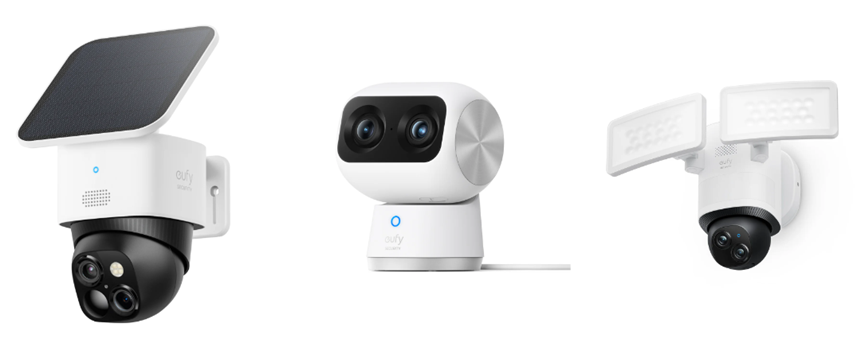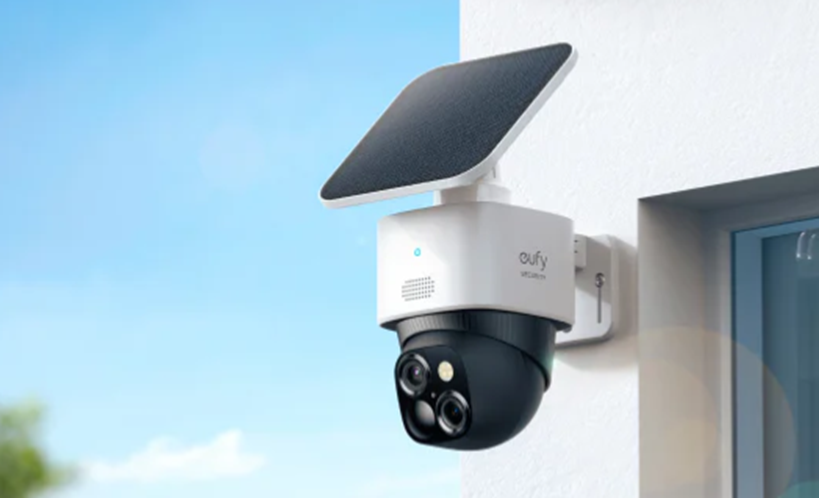
No-WiFi security cameras are a smart choice for homes with spotty internet, privacy concerns, or areas where WiFi isn’t accessible—like basements, garages, or remote cabins. Unlike their WiFi-enabled counterparts, these cameras operate independently, storing footage locally and avoiding the risks of hacking or signal interference. But with various models available—from wired to battery-powered, basic to feature-rich—selecting the right one requires focusing on your specific needs. This guide breaks down the key factors to consider, ensuring you pick a no-WiFi camera that keeps your home secure without relying on an internet connection.
Determine the Ideal Use Cases and Placement
No-WiFi cameras excel in specific environments, so identifying where and how you’ll use them is the first step.
Best Environments for No-WiFi Cameras
These cameras are perfect for areas with poor or no WiFi coverage. If your garage is too far from your router to get a stable signal, the security cameras without wifi avoid the frustration of dropped connections. They’re also great for renters or those who prefer not to connect devices to their home network, reducing privacy risks (no cloud storage means no data shared with third parties). For temporary setups—like monitoring a construction site or a vacation home—no-WiFi cameras offer flexibility, as they don’t require configuring WiFi. Additionally, homes with older residents who aren’t tech-savvy benefit from their simplicity: no app setup or network troubleshooting, just plug-and-play operation.
Key Placement Considerations
Focus on high-risk areas that need constant monitoring but lack reliable WiFi. Entry points like back doors, basement windows, or garage entrances are top priorities. For large spaces like a workshop, choose a camera with a wide field of view (110 degrees or more) to cover more ground. Avoid placing cameras in direct sunlight or extreme temperatures (below 14°F or above 122°F) unless they’re weatherproof—this ensures clear footage and prevents damage. Also, consider proximity to power sources: wired no-WiFi cameras need a nearby outlet, while battery-powered models can be placed anywhere but require regular charging or battery swaps.

Evaluate Core Features for Offline Performance
Since no-WiFi cameras don’t connect to the internet, their local functionality and storage capabilities are critical.
Storage Capacity and Access
No-WiFi cameras store footage locally, so ample storage is essential. Look for models with built-in SD card slots (preferably supporting cards up to 128GB or 256GB) to record days or weeks of footage. Some advanced cameras use hard drives or network video recorders (NVRs) for multiple cameras, ideal for larger homes needing comprehensive coverage. To access footage, you’ll either remove the SD card and insert it into a computer or connect the camera directly to a monitor via HDMI/USB. Choose cameras with one-touch recording or easy playback controls—avoid models that require complex software to view footage, as simplicity is key for offline use.
Power Source and Durability
Power source affects placement and maintenance. Wired no-WiFi cameras plug into an outlet, offering continuous power with no downtime—great for permanent locations like a garage. Battery-powered models (using AA/AAA or rechargeable lithium-ion batteries) are portable but need regular checks: lithium-ion batteries last 2–6 months on standby (depending on motion detection frequency), while disposable batteries may need replacement monthly. For outdoor use, prioritize weatherproofing (IP66 rating or higher) to resist rain, snow, and dust. Indoor cameras can be less rugged but should still have sturdy housing to withstand bumps or tampering, especially in high-traffic areas like basements.
Check for Essential Functionality and Ease of Use
No-WiFi cameras may lack smart features, but they still need key functions to be effective, and they should be easy to set up.
Motion Detection and Recording Modes
Even without WiFi, motion detection is vital—look for cameras that start recording when movement is detected, saving storage space compared to continuous recording. Adjustable sensitivity lets you avoid false triggers from pets or moving plants. Some models offer scheduled recording (e.g., only during nighttime) to focus on high-risk hours. For areas with constant activity (like a workshop), continuous recording ensures no moment is missed, though it uses more storage. Ensure the camera has a clear indicator light (or the option to turn it off) to show when it’s recording—this can deter intruders but may be disabled for discreet monitoring.
Installation and Maintenance
No-WiFi cameras should be easy to install without technical skills. Wired models often come with mounting brackets and screws—drill them into walls or ceilings, then plug into an outlet. Battery-powered cameras are simpler: attach with adhesive strips or suction cups (great for renters) and insert batteries. Maintenance is minimal but important: wipe lenses monthly to remove dust (blurry footage defeats the purpose) and check batteries/power cords regularly. For SD card storage, format the card every few months to prevent corruption. Avoid cameras with proprietary parts (e.g., unique batteries or cables)—standard components make replacements easier and cheaper.
Conclusion
Picking the right no-WiFi security camera means focusing on your home’s unique needs: prioritize durability for outdoor use, battery life for portability, and ample storage for continuous monitoring. These cameras thrive in areas with poor WiFi or where privacy is a concern, offering reliable security without internet dependency. By evaluating placement, power sources, and key features like motion detection, you can find a no-WiFi camera that keeps your home safe simply and effectively. Whether you’re monitoring a garage, basement, or remote property, the right model will provide peace of mind with minimal hassle.